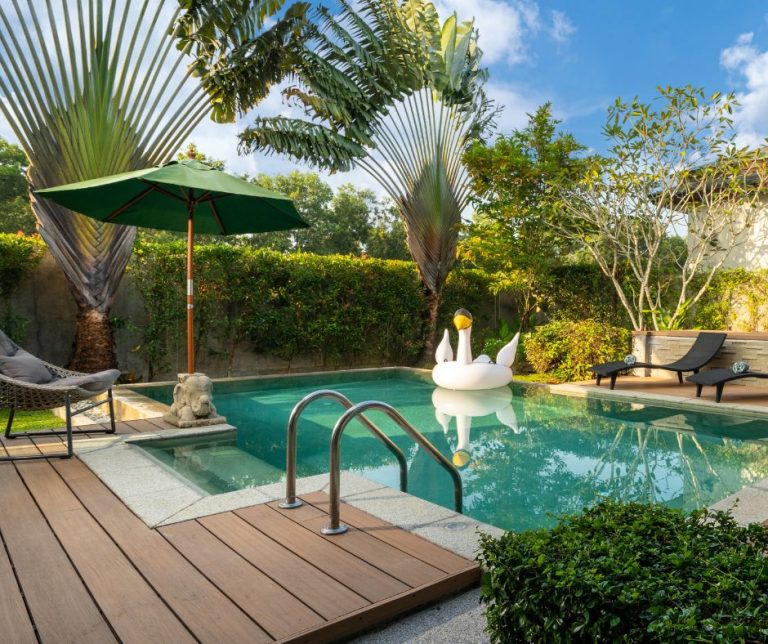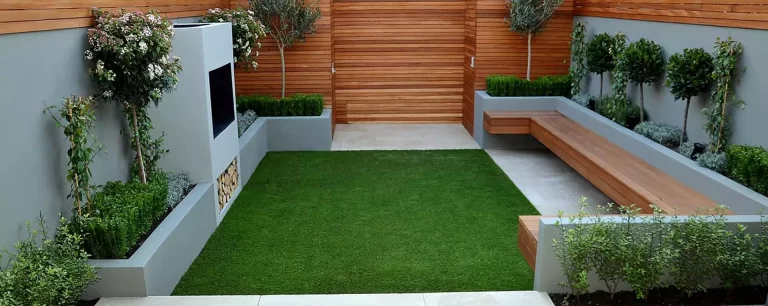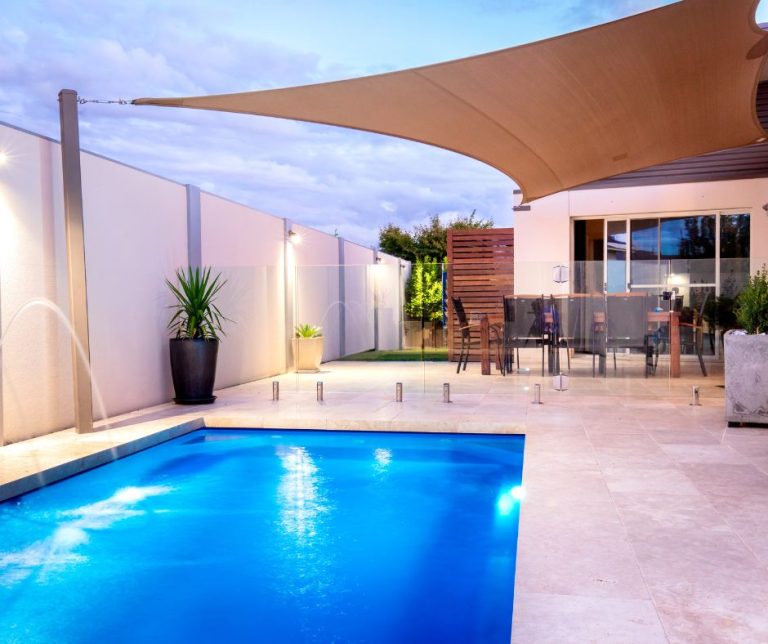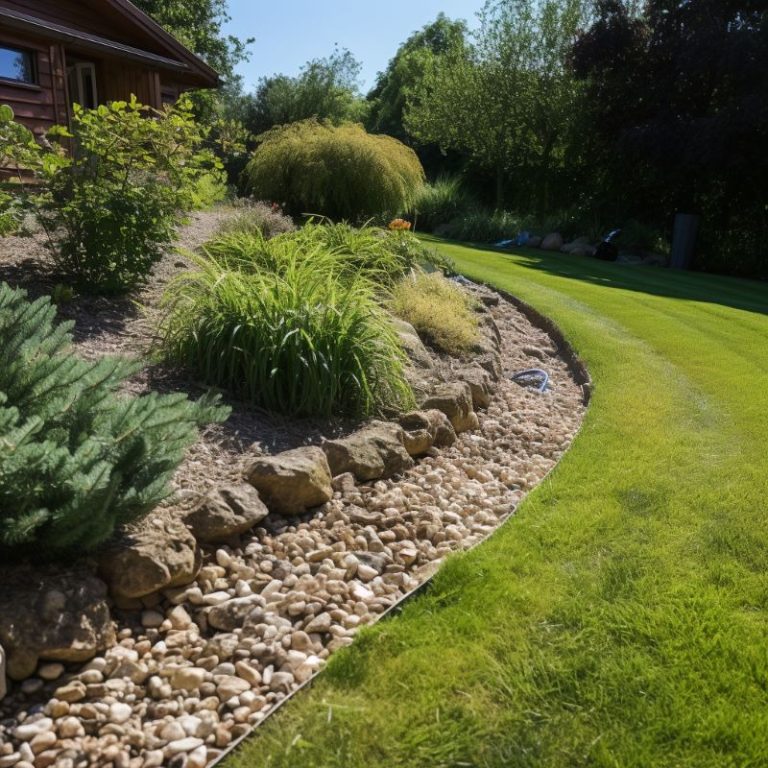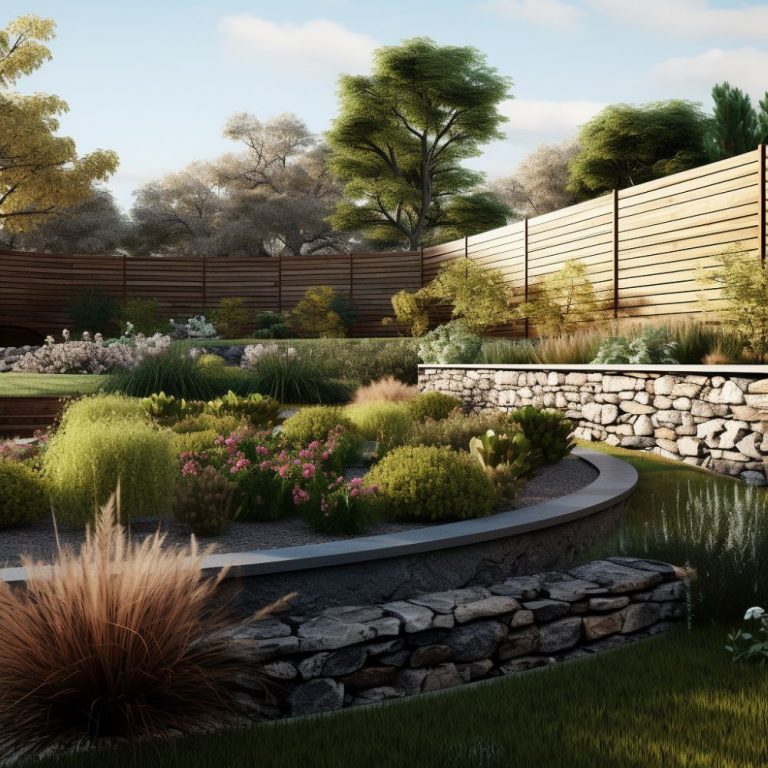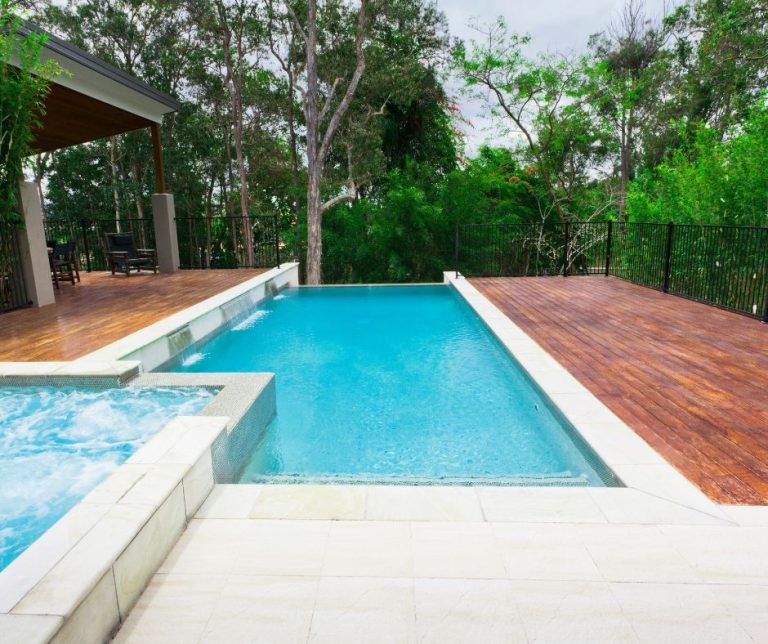Tropical Garden Plants: Creating a Tropical Garden
Tropical Garden Landscaping Ideas
Creating a tropical oasis in your garden can transform your outdoor space into a luxurious and resort-style retreat. Tropical gardens not only provide a relaxing atmosphere but also offer a cooling factor during hot summer months. Additionally, they can create privacy, adding an element of seclusion to your outdoor sanctuary.
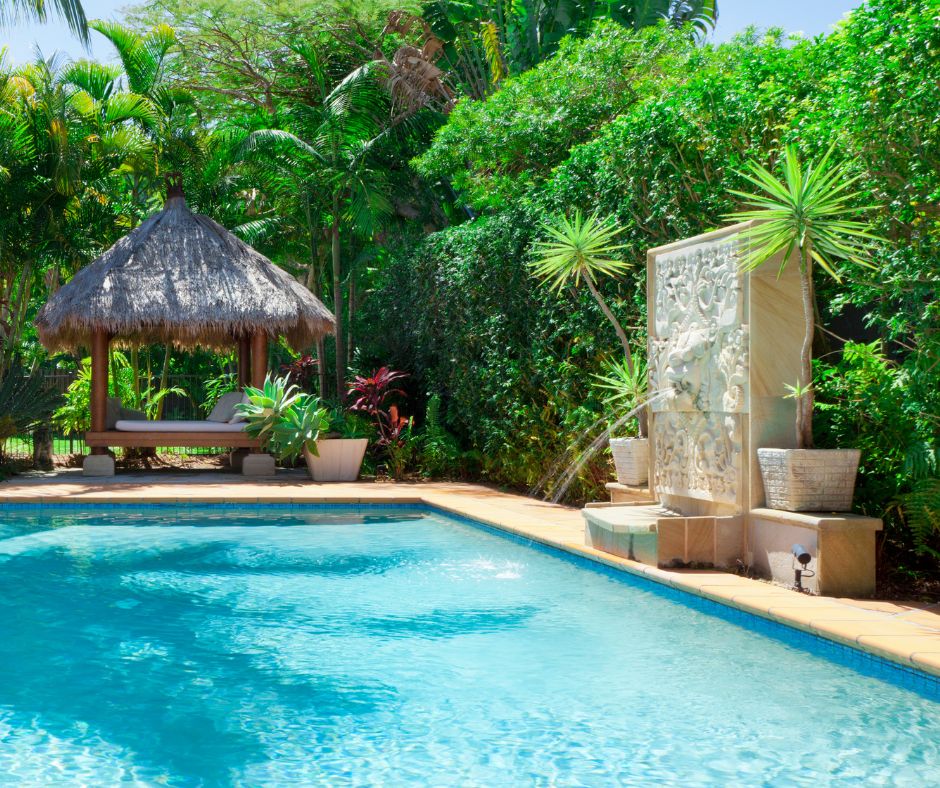
Creating a Tropical Oasis
Tropical gardens are no longer exclusive to tropical areas; even gardeners in cooler climates can embrace the tropical garden design by carefully selecting the right plants and flowers.
The key to a tropical oasis lies in incorporating plants with large leaves and vegetation that gradually increases in height towards the back of the garden, creating a dense and lush atmosphere.
Using expert tropical landscapers like Oasis Landscaping projects, will allow you to create your own tropical garden oasis.
To create a tropical oasis, consider the following elements:
- Texture and Color: Texture is one of the most important design elements when creating a tropical garden. Aim for large leaves, shininess, crisscrossing lines, and pops of brilliant color to achieve the desired tropical look. Bright hues of pink, purple, orange, and yellow can be incorporated to create an authentic and vibrant tropical atmosphere.
- Tropical Trees and Plants: Choose plants that are synonymous with tropical settings such as elephant ears, bird of paradise, hibiscus, and palm trees. These plants add height, drama, and a sense of exoticism to your garden.
- Brightly-Colored Flowers: Incorporating brightly-colored flowers and foliage is essential for a vibrant tropical garden. Consider vining plants, bromeliads, crotons, and ti plants to add extra color and life to your oasis.
Designing with Tropical Plants
When designing your tropical garden, keep in mind the optimal conditions for tropical plants. Tropical plants thrive in warm and humid environments, with temperatures ideally ranging between 21-29°C. It’s essential to provide these plants with well-draining soil to prevent root rot and ensure regular watering to maintain adequate moisture levels. Additionally, tropical gardens typically require heavy rainfall or a reliable irrigation or sprinkler system for watering, as well as regular fertilization and heavy mulching for proper growth.
By carefully selecting tropical plants, emphasizing texture and color, and incorporating design elements suited to tropical gardens, you can create a stunning tropical oasis right in your own backyard. Enjoy the lushness, vibrant colors, and relaxing ambiance of a tropical garden, transporting yourself to a tropical paradise every time you step outside.
Choosing the Right Tropical Garden Plants
To create a stunning tropical garden, selecting the right plants is essential. Tropical garden plants can add vibrant colors, lush foliage, and an exotic feel to any garden or landscape. In this section, we will explore popular tropical garden plant selections, thriving tropical plants for Sydney gardens, and the incorporation of edible tropical plants.
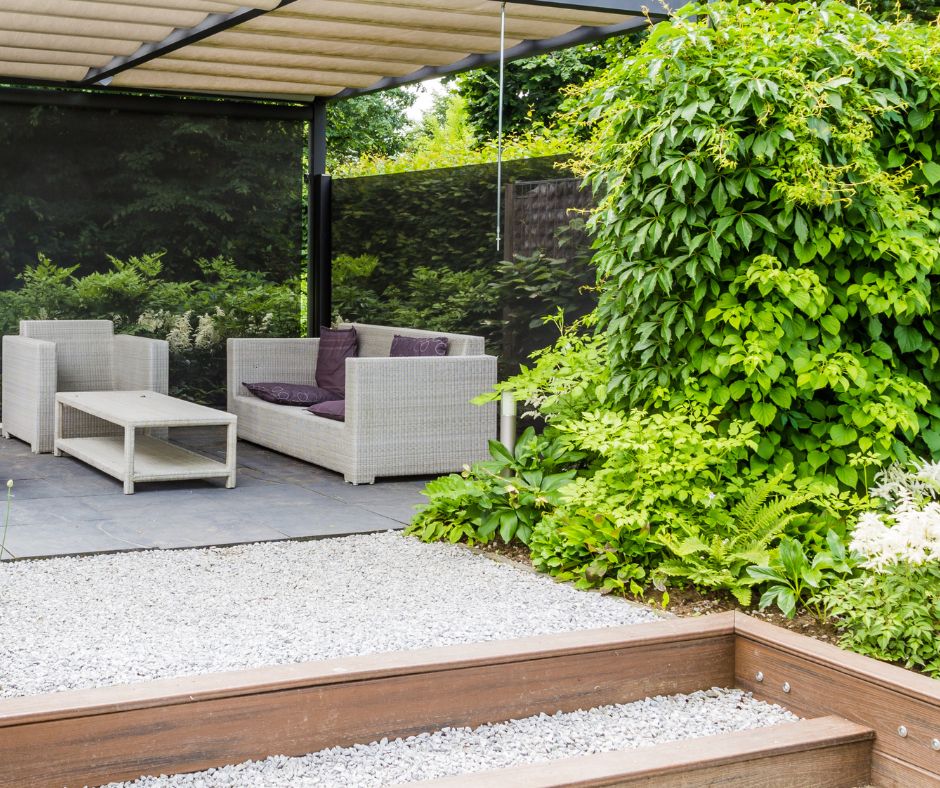
Thriving Tropical Plants for Sydney Gardens
For Sydney gardeners, there are specific tropical plants that thrive in the local climate. Some of the suitable and commonly used sub-tropical plants for Sydney gardens include:
| Plant Name | Description |
|---|---|
| Golden Cane Palm | A popular native palm with a tall, narrow, upright growth habit, perfect for creating a tropical feel. |
| Birds of Paradise | Known for their striking orange and blue flowers, birds of paradise add a touch of exotic beauty to Sydney gardens. |
| Bangalow Palm | This native palm features a lush, tropical appearance and can create a stunning focal point in a tropical-themed garden. |
| Philodendron Xanadu | A hardy and low-maintenance plant with glossy, deep-green leaves, perfect for adding a touch of the tropics to Sydney gardens. |
| Frangipani | With its fragrant flowers and attractive foliage, the frangipani is a popular choice for Sydney gardens seeking a tropical ambiance. |
| Agave Attenuata | This succulent plant with its unique rosette shape and silvery-green leaves adds a touch of architectural interest to tropical gardens. |
| Giant Bird of Paradise | With its large, banana-like leaves and tall flower spikes, the giant bird of paradise creates a bold and tropical statement or Opt for dwarf or compact varieties to prevent overcrowding and maintain proportion in your small garden |
| Elephant Ear | The elephant ear plant features large, heart-shaped leaves that add drama and lushness to any tropical garden. |
| Canna Lily | Known for their vibrant blooms and lush foliage, canna lilies thrive in Sydney’s warm climate and can add a tropical splash of color. |
| Bromeliad | With their vibrant, long-lasting flowers and colorful foliage, bromeliads are a popular choice for adding tropical flair to Sydney gardens. |
Transforming a small backyard into a tropical paradise in Sydney involves strategic design and plant selection. Here are the best design tips to maximize your space and create a lush, tropical atmosphere:
Embrace Layering and Vertical Gardening
- In small spaces, think vertically. Use walls and fences for climbing plants or install vertical planters. This approach adds depth and a sense of lushness without occupying much ground space. See our article on small garden designs
- Layer plants of different heights. Place taller, slender plants like small palms or bamboo in the background, with mid-height plants like ferns or bromeliads in the middle, and ground covers or low-growing plants at the front. Raised garden beds and retaining walls is an easy way to create different heights in your garden.
Each plant has specific requirements for sunlight, soil, and water, so it’s important to consider these factors when selecting tropical plants for your Sydney garden.
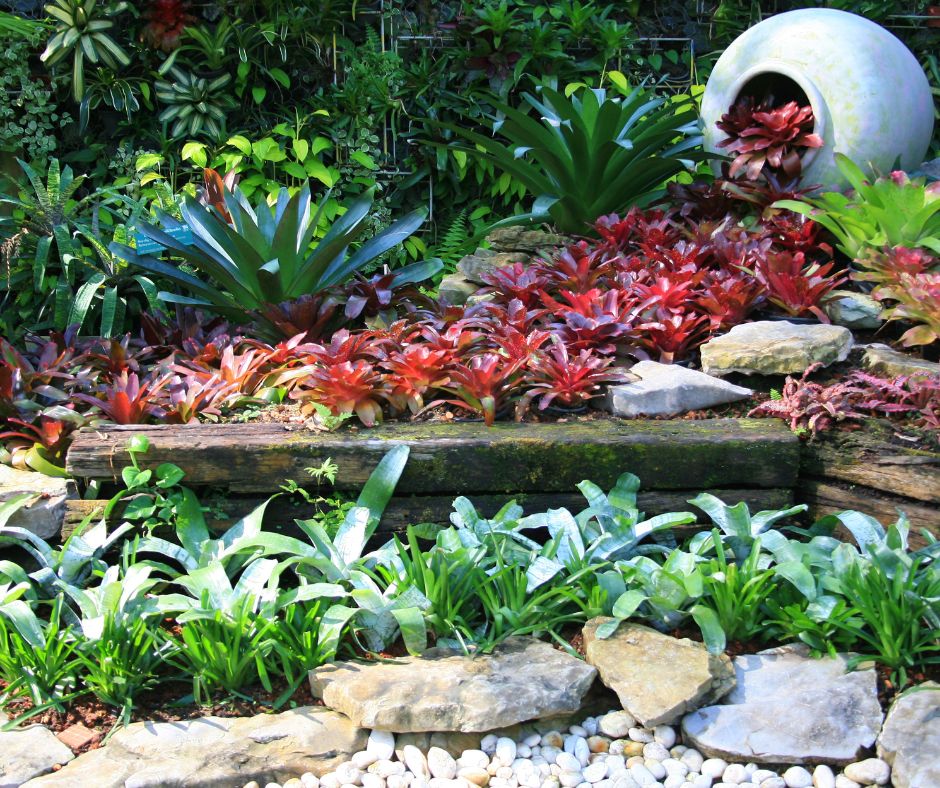
Incorporating Edible Tropical Plants
In addition to ornamental plants, you can also incorporate edible tropical plants into your garden design. This allows you to enjoy the beauty of the tropics while reaping the rewards of homegrown produce. Some edible tropical plants suitable for inclusion in a tropical garden design include:
- Pineapple: These spiky fruits add a tropical touch and can be grown in containers or directly in the ground. They make a great ornamental feature as well!
- Passionfruit: With their interesting flowers and delicious fruit, passionfruit vines can add a beautiful and tasty element to your tropical garden.
- Papaya: This fast-growing fruit tree can provide shade and tropical vibes while yielding sweet and juicy papayas.
- Lime Trees: Not strictly tropical, but these are smaller citrus trees that will work in with a garden design and you will always use limes in your tropical drinks!
By incorporating edible tropical plants, you can create a garden that not only looks stunning but also provides a bountiful harvest of delicious tropical treats.
When selecting tropical garden plants, it’s important to consider the specific requirements of each plant, including sunlight, soil conditions, and water needs. By choosing the right plants, both ornamental and edible, you can create a tropical paradise right in your own backyard.
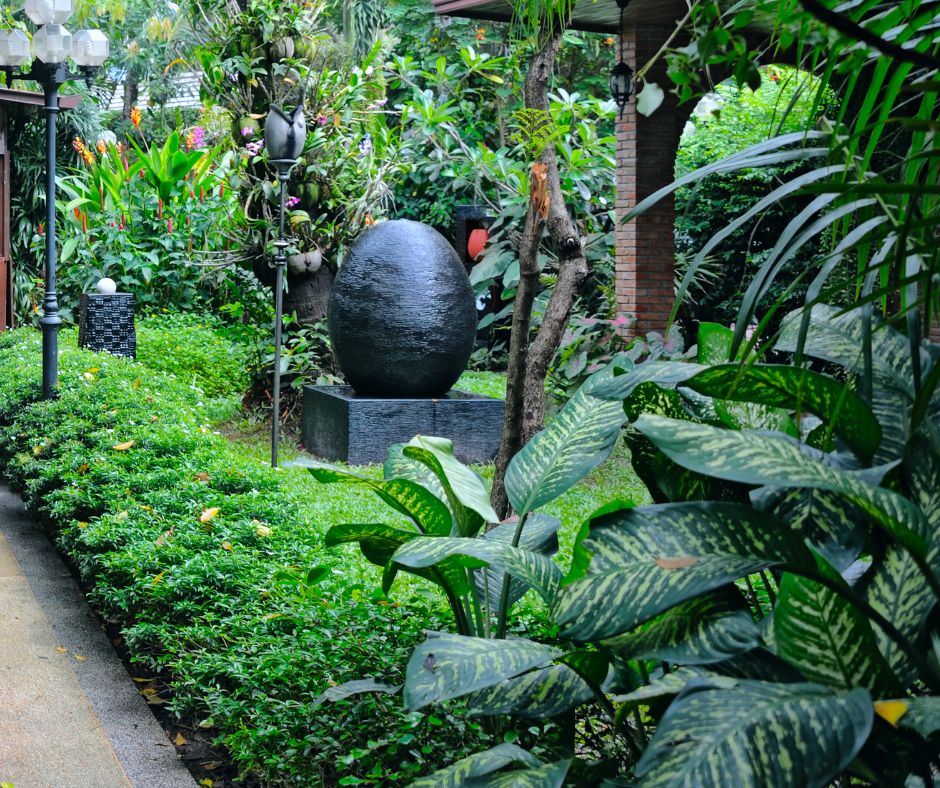
Soil Preparation for Tropical Plants
Tropical garden plants require rich, well-draining soil to flourish. This type of soil allows for proper root development and prevents waterlogging, which can lead to root rot. It is recommended to improve the soil by adding organic matter such as compost or well-rotted manure. These additions enhance the soil’s fertility and moisture retention capabilities.
In Sydney, where subtropical gardens are prevalent, sandy and clay soils can be improved by incorporating organic matter. Regular mulching is also essential to retain soil moisture and suppress weed growth.
We will also add drainage solutions when building raised gardens or retaining walls.
Proper Watering and Fertilization
Watering is crucial for the health and growth of tropical garden plants. Tropical gardens typically require heavy rainfall or a reliable irrigation system for proper watering. It is important to water deeply and less frequently, allowing the water to penetrate the soil and reach the roots. This encourages deep root growth and helps the plants withstand periods of drought.
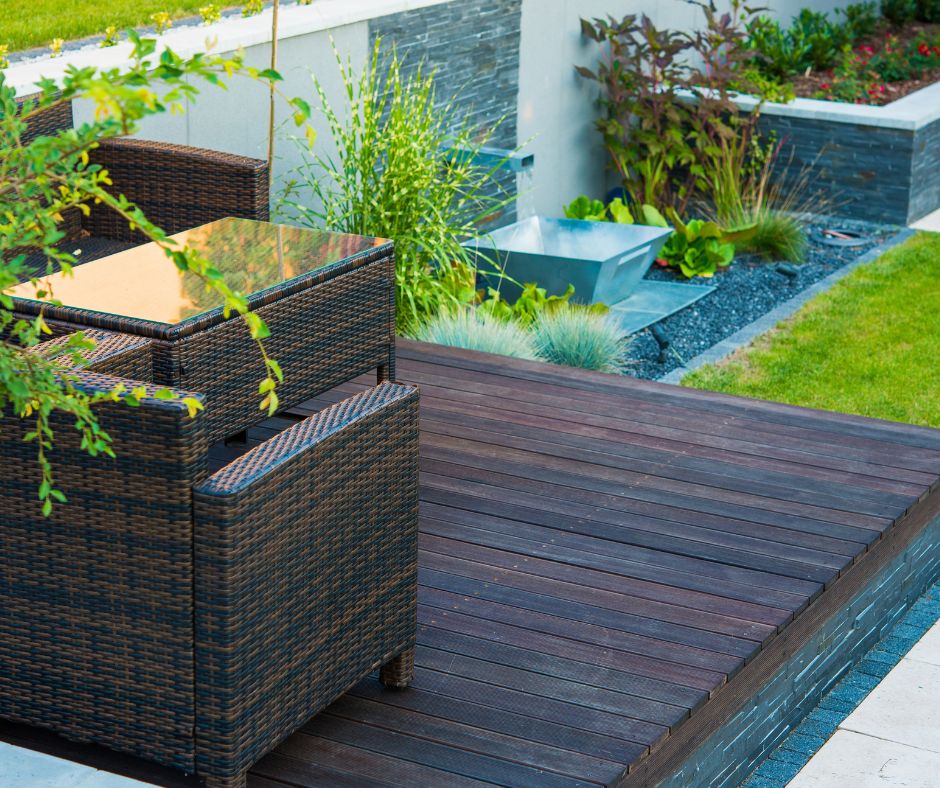
Design Elements for Tropical Gardens
Designing a tropical garden involves incorporating specific elements that create a lush and vibrant atmosphere. By emphasizing texture and color, using tropical trees and plants, and incorporating brightly-colored flowers, you can transform your garden into a tropical paradise.
Emphasizing Texture and Color
Texture is one of the most important design elements when creating a tropical garden. Large leaves, shininess, crisscrossing lines, and pops of brilliant color are key features that bring the tropical vibe to life. Incorporate plants with a variety of leaf sizes and shapes to add visual interest. Alocasia, with its large leaves, is a recommended favorite for creating a lush base in your garden. Smaller-leafed vines or shrubs can be used to fill in spaces and create an overgrown tropical look.
Using Tropical Trees and Plants
Incorporating tropical trees and plants is fundamental to achieving an authentic tropical garden. Palms, such as the Bangalow Palm or King Palm, are popular choices for their tall, narrow, upright growth habit, which adds height and elegance to the landscape.
Heliconias and Strelitzias are ideal for creating a jungle-like feel with their large, bold leaves. They also make great plants around a swimming pool if you can fit a pool into your garden design
Dwarf Tree Ferns are great for adding a lush rainforest look to shady areas and can be planted as an understorey beneath shady trees.
By incorporating these tropical trees and plants, you can create a captivating and authentic tropical atmosphere in your garden.
Incorporating Brightly-Colored Flowers
Brightly-colored flowers are a hallmark of tropical gardens and add vibrancy and beauty to the landscape. Incorporate a variety of flowering plants, such as vining plants, bromeliads, and ti plants, to introduce bursts of color throughout your garden.
When selecting flowering plants, consider those with exotic blooms in shades of pink, purple, orange, and yellow. These vibrant flowers will instantly create a tropical ambiance and attract pollinators to your garden.
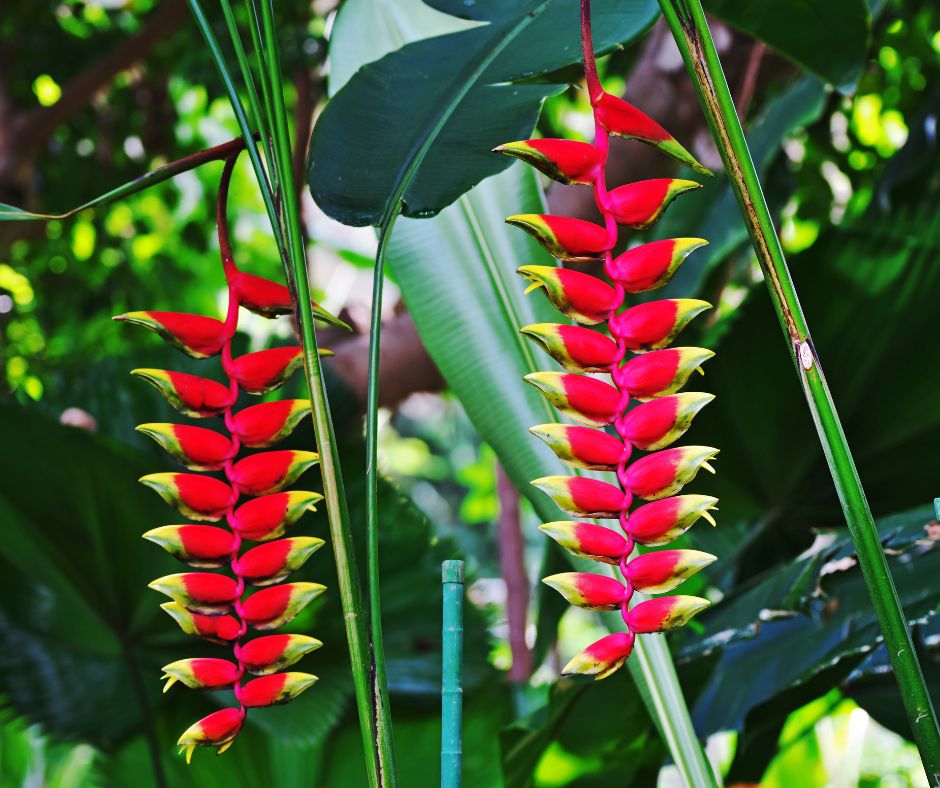
Incorporate Outdoor Lighting
We love adding lighting to our garden designs and tropical gardens look amazing with lighting.
You can use solar-powered lanterns, string lights, or an electrician can install LED spotlights to highlight plants and features, extend the enjoyment of your tropical garden well into the evening.
Growing Tropical Plants in Non-Tropical Climates
For those living in non-tropical climates, the idea of growing tropical plants may seem like a challenge. However, with the right knowledge and techniques, it is possible to create a suitable environment for tropical plants to thrive. In this section, we will explore three key aspects of growing tropical plants in non-tropical climates: creating a microclimate, selecting cold-tolerant tropical plants, and providing care and protection during winter.
Creating a Microclimate for Tropical Plants
Tropical plants can be successfully grown in any zone, not just in tropical regions, by creating a microclimate. This involves providing the necessary conditions for tropical plants, such as warmth, high humidity, and protection from cold temperatures. Here are some ways to create a microclimate for your tropical plants:
- Use mulch: Applying a layer of mulch around the base of the plants helps retain moisture, regulate soil temperature, and provide insulation against extreme temperatures.
- Use containers or raised beds: Planting tropical plants in containers or raised beds allows for better control over soil conditions and temperature, making it easier to create a microclimate.
Selecting Cold-Tolerant Tropical Plants
When growing tropical plants in non-tropical climates, it is crucial to select plants that are known to be more cold-tolerant. Some tropical plants that can withstand lower temperatures include hibiscus, bougainvillea, and certain varieties of citrus trees. These plants have adapted to tolerate cooler conditions, but it is still important to provide them with the necessary care and protection.
Care and Protection for Tropical Plants in Winter
During the winter months, tropical garden plants in non-tropical climates may require extra care and protection. Here are some measures to consider:
- Mulching: Apply a layer of mulch around the base of the plants to insulate the roots and protect them from freezing temperatures.
- Frost cloth: Covering plants with a frost cloth or blanket can provide additional insulation and protect them from frost damage.
- Moving indoors: If the temperatures drop significantly, consider moving potted tropical plants indoors or to a sheltered area to protect them from the cold.
Oasis Landscaping projects considers the layout of your yard and will create a garden design that works in with your style and the climate or environment.
If you are prone to frosts, then we find the protected areas for your plants, if you have limited shade, we can create shade with pergolas and the right plantings.
Get in contact with us today so we can build you the garden of your dreams

